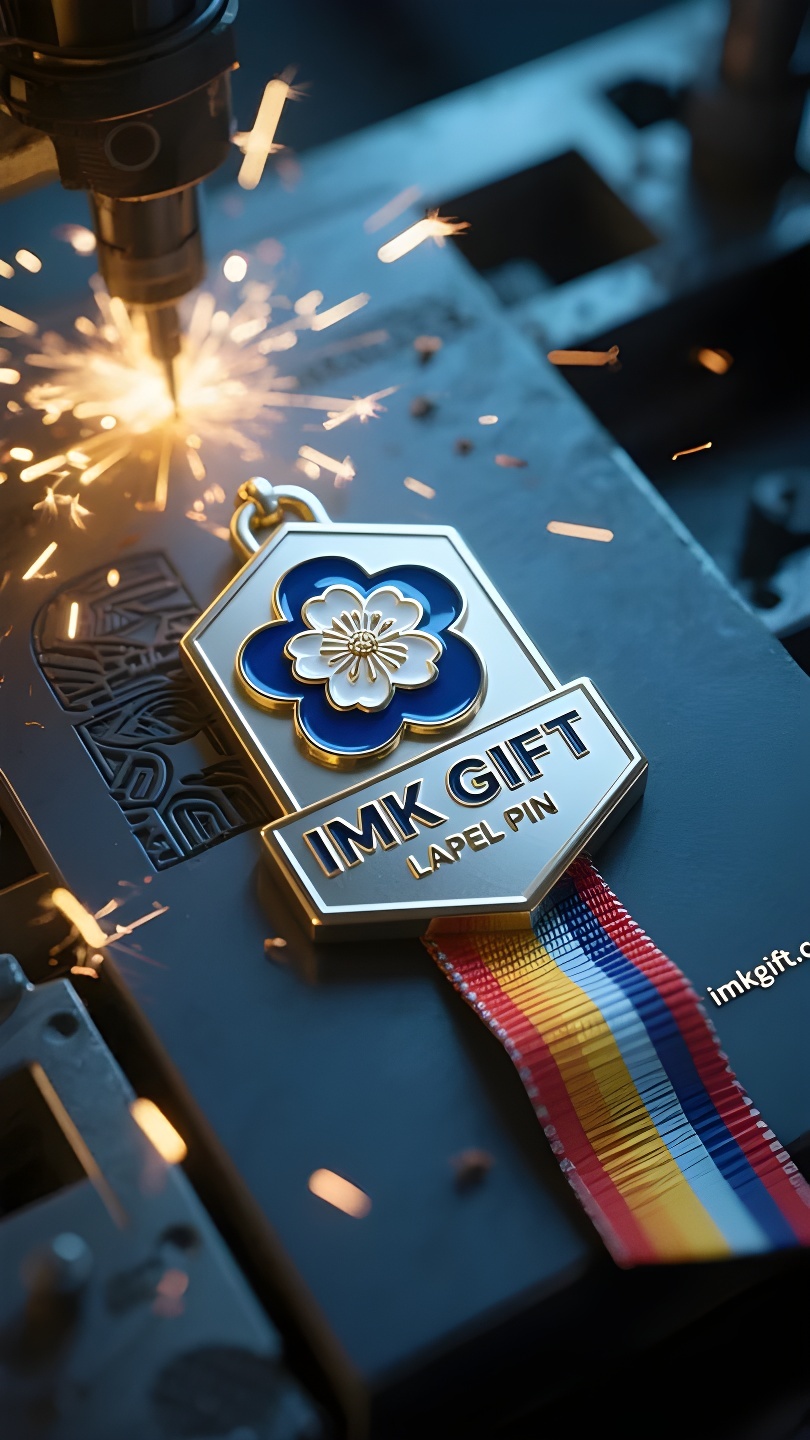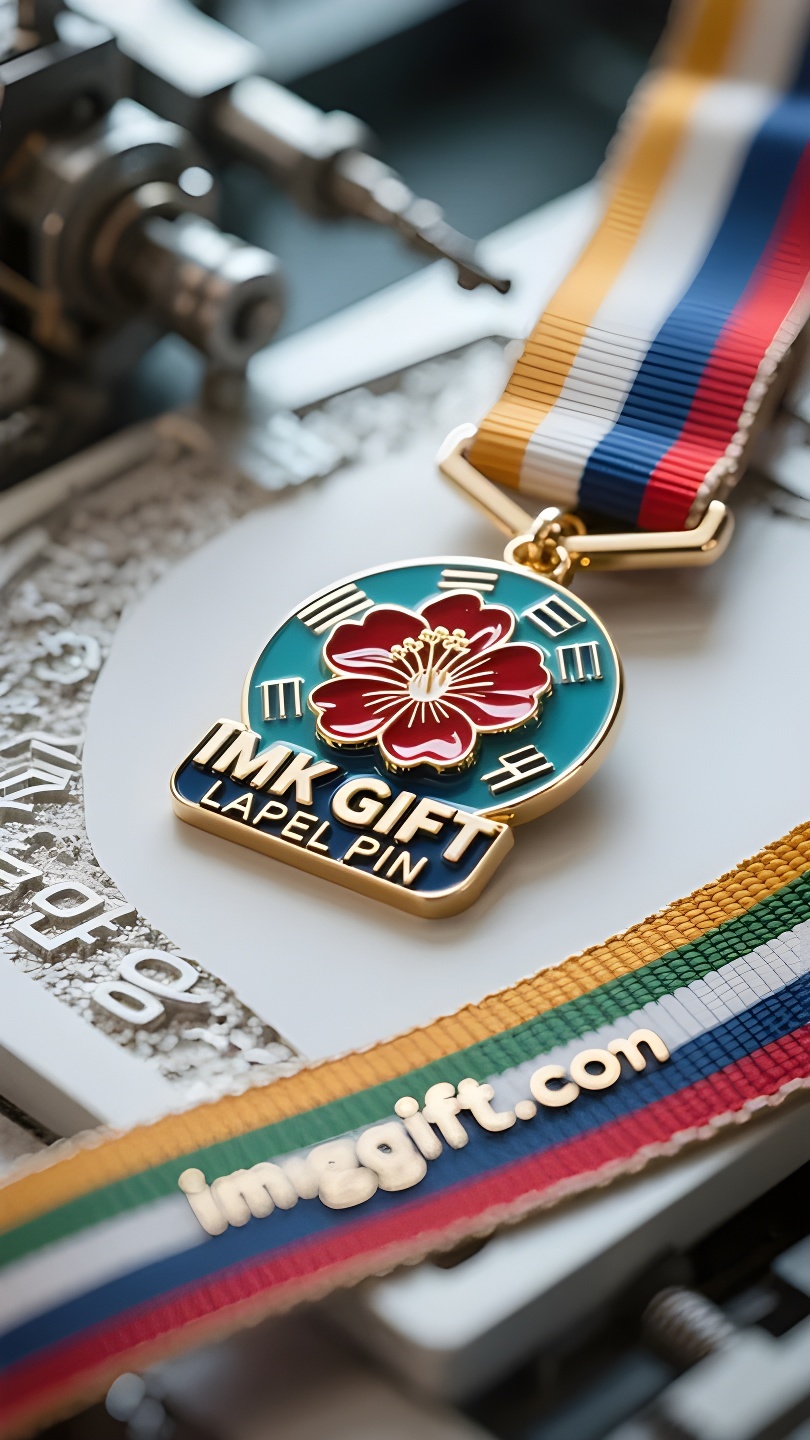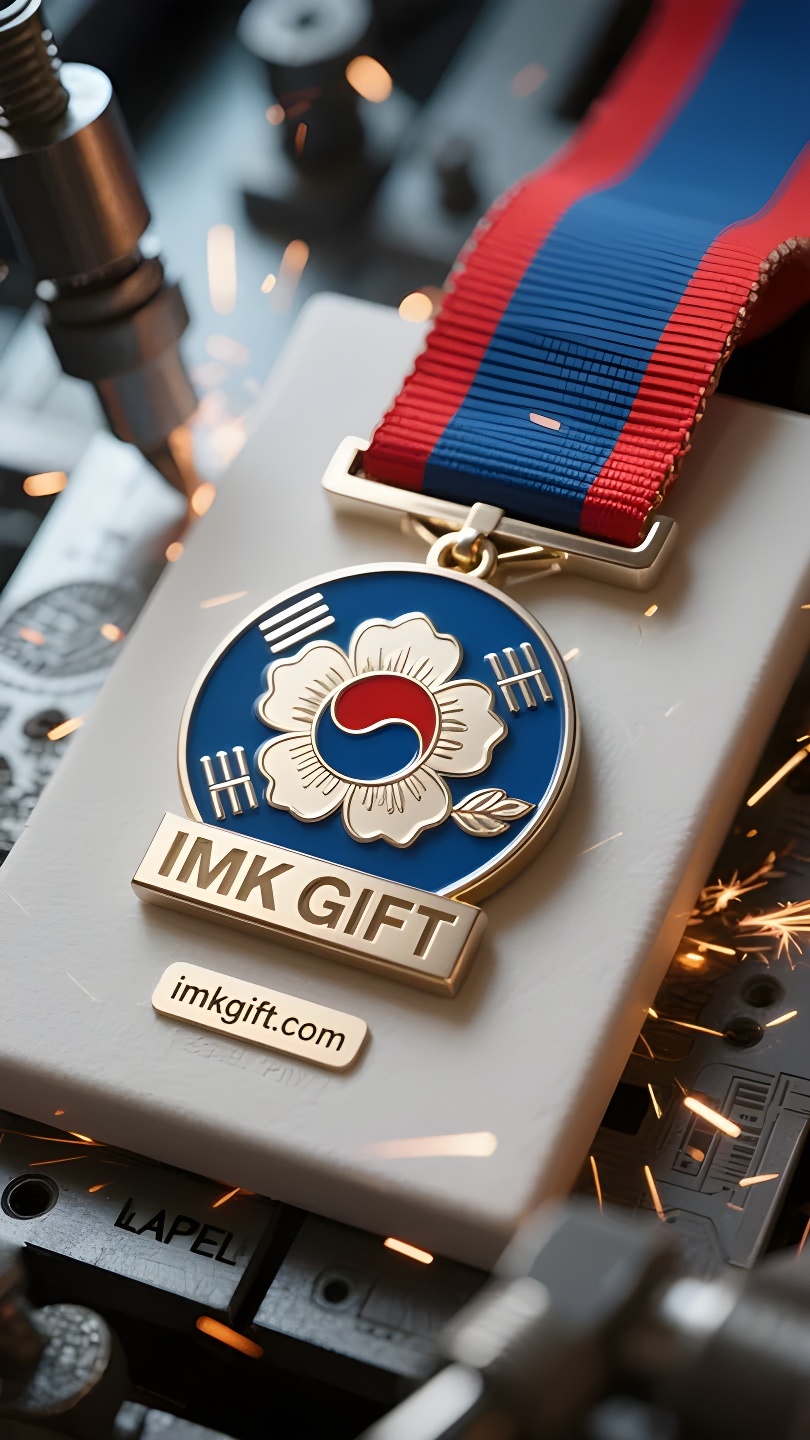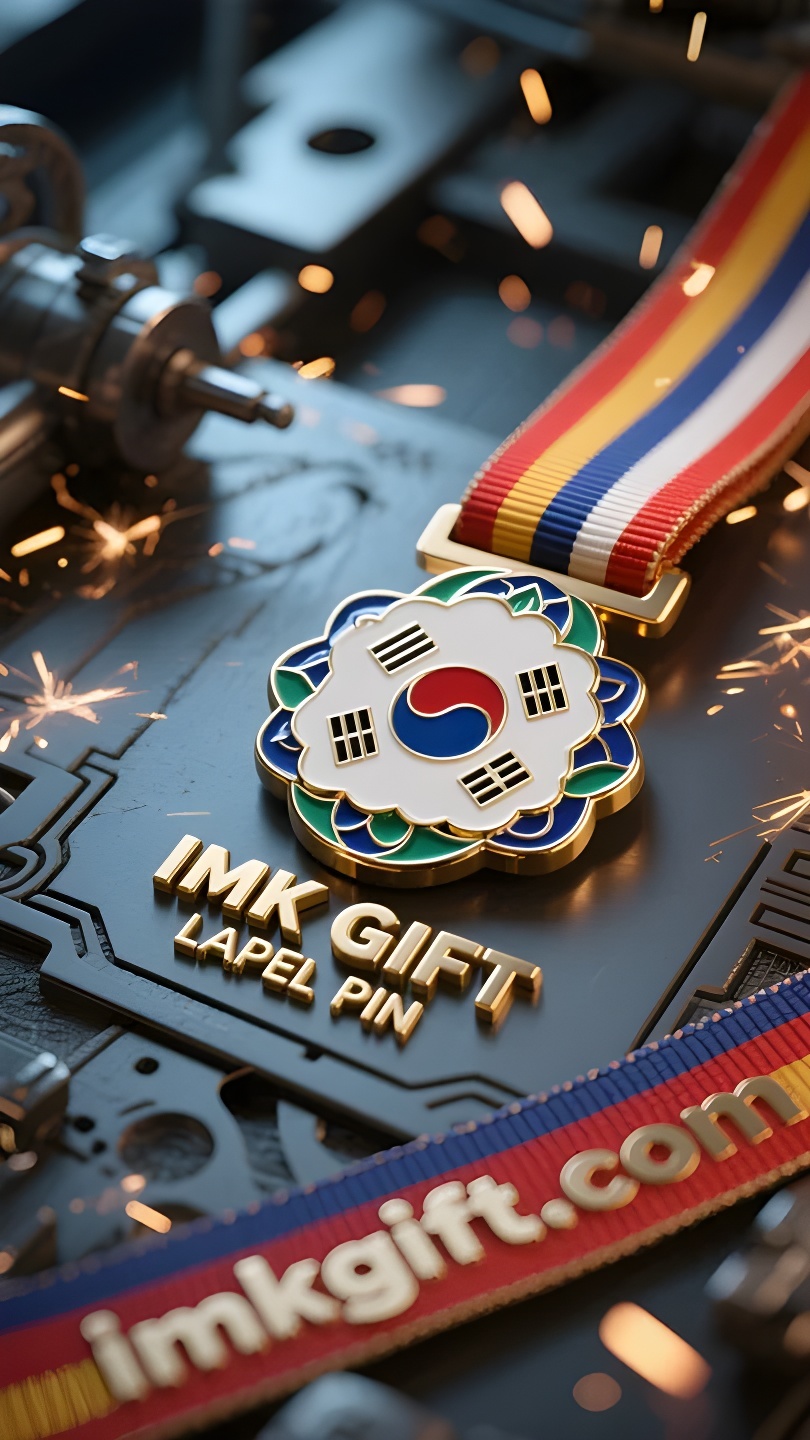in992-히비스커스-메달-꽃관을-쓴-용기의-토템
▼
대한민국의 광복절 78주년을 맞아 서울 남산 봉수대에 게양된 태극기와 강릉 해안가에 펄럭이는 목화꽃 모양의 메달이 서로 어우러져 눈길을 끈다. “국민훈장”이라 불리는 이 특별한 기념물은 꽃말을 사용하여 국가 정신의 코드를 표현합니다. 무궁화 메달 중앙에 있는 태극권 문양은 국기의 요약일 뿐만 아니라, 삶의 철학에 대한 해석이기도 합니다. 흑백이 섞인 음양어는 현대사에서 빛과 어둠의 게임을 의미합니다. 주변의 4괘인 건(乾), 곤(坤), 간(閑), 이(離)는 식민지 시대의 혼란에서 경제적 기적으로 도약하는 과정을 기록하고 있습니다. 태극권을 감싸고 있는 목화꽃의 꽃잎 24장에는 국가의 회복력이 새겨져 있습니다. 아침에 피고 저녁에 시들지만 계속해서 번성하는 이 꽃은 고난을 겪어도 결코 포기하지 않는 한국 민족과 같습니다. 평창의 눈밭에서 동계올림픽 선수들의 가슴에 달린 무궁화 메달이 빛나고, 방역 영웅들이 무궁화 기념 메달을 받았을 때, 금속으로 만든 꽃잎은 장식적인 의미를 훨씬 넘어섰습니다. 이는 “무한한 꽃의 정령”에 대한 구체적인 해석으로, 얼음 속에 갇혀 있더라도 다음 새벽에 다시 꽃을 피운다는 의미입니다. 이러한 생존 의지는 국민적 기억 속에 깊이 뿌리내렸고, 해방 기념일의 불꽃놀이에서 수천 개의 불꽃으로 바뀌어 전염병 이후 시대의 부흥으로 가는 길을 밝혔습니다. 3·1운동의 피눈물 꽃에서부터 한강의 기적의 황금 꽃잎까지, 이 메달은 항상 이렇게 말해왔습니다. 진정한 영광은 결코 넘어지지 않는 것이 아니라, 백 번 넘어진 뒤에 백번째로 일어서는 데 있습니다. 태극기와 무궁화 훈장이 함께 세워졌을 때, 한 나라는 80년이라는 세월을 들여 모든 상처는 결국 훈장에 밝은 선으로 변할 것이라는 것을 증명했습니다.
On the 78th anniversary of Korea’s Liberation Day, the Taegeukgi flag raised from the Namsan Beacon Tower in Seoul and the hibiscus flower-shaped medal fluttering on the Gangneung coastline complement each other. This special memorial, called the “National Medal”, uses the language of flowers to express the code of the national spirit. The Tai Chi emblem in the center of the hibiscus medal is not only a condensation of the national flag, but also an interpretation of the philosophy of life. The Yin-Yang fish, a blend of black and white, implies the game between light and darkness in modern history; the surrounding four hexagrams of Qian, Kun, Kan and Li record the trajectory of the leap from the colonial haze to the economic miracle. Each of the 24 petals of the hibiscus that wraps the Tai Chi is engraved with the nation’s resilience – this flower that blooms in the morning and withers in the evening yet continues to thrive is just like the Korean nation that has experienced hardships but never gives up. When the hibiscus medals on the chests of Winter Olympic athletes shone on the snow fields of Pyeongchang, and when the anti-epidemic heroes received the hibiscus commemorative medals, the metal-forged petals had long surpassed their decorative significance. It is a concrete interpretation of the “spirit of infinite flowers”: even if it is trapped in the ice, it will bloom again at the next dawn. This will to survive, deeply rooted in the national memory, turned into thousands of sparks in the fireworks of Liberation Day, illuminating the road to revival in the post-epidemic era. From the blood-tear hibiscus of the March 1st Movement to the golden petals of the Miracle on the Han River, this medal has always been saying: The true glory lies not in never falling, but in standing up the hundred and first time after falling a hundred times. When the Taegeukgi and the Order of the Hibiscus were raised together, a nation used eighty years to prove that all scars will eventually turn into bright lines on the medal.
在韩国光复节78周年之际,首尔南山烽火台升起的太极旗,与江陵海岸线飘动的木槿花形奖牌遥相辉映。这枚被称作”国民勋章”的特殊纪念物,正以花语诉说民族精神的密码。
木槿花奖牌中心的太极纹章,既是国旗的凝缩,更是对生存哲学的诠释。黑白交融的阴阳鱼,暗示着近代史中光明与黑暗的博弈;环绕的乾、坤、坎、离四卦,则刻录着从殖民阴霾到经济奇迹的跃迁轨迹。而包裹太极的二十四瓣木槿,每片花瓣都镌刻着民族韧性——这种朝开暮落却生生不息的花,恰似历经苦难却永不言弃的韩民族。
当冬奥健儿胸前的木槿花奖牌在平昌雪原闪耀时,当抗疫英雄接过木槿花纪念章时,金属锻造的花瓣早已超越装饰意义。它是对”无穷花精神”的具象化演绎:即使深陷冰封,也要在下一个黎明重新绽放。这种深植于民族记忆的生存意志,在光复节烟火中化为万千星火,照亮后疫情时代的复兴之路。
从三一运动的血泪木槿,到汉江奇迹的金色花瓣,这枚勋章始终在诉说:真正的荣耀不在于永不坠落,而在于坠落百次仍能第一百零一次站起。当太极旗与木槿勋章共同升起,一个民族用八十年光阴证明——所有伤痕终将化为勋章上的璀璨纹路。
▼
Contact Us
📞 Tel: +0086-760-85286839
📧 Email: sales3@imkgift.com








